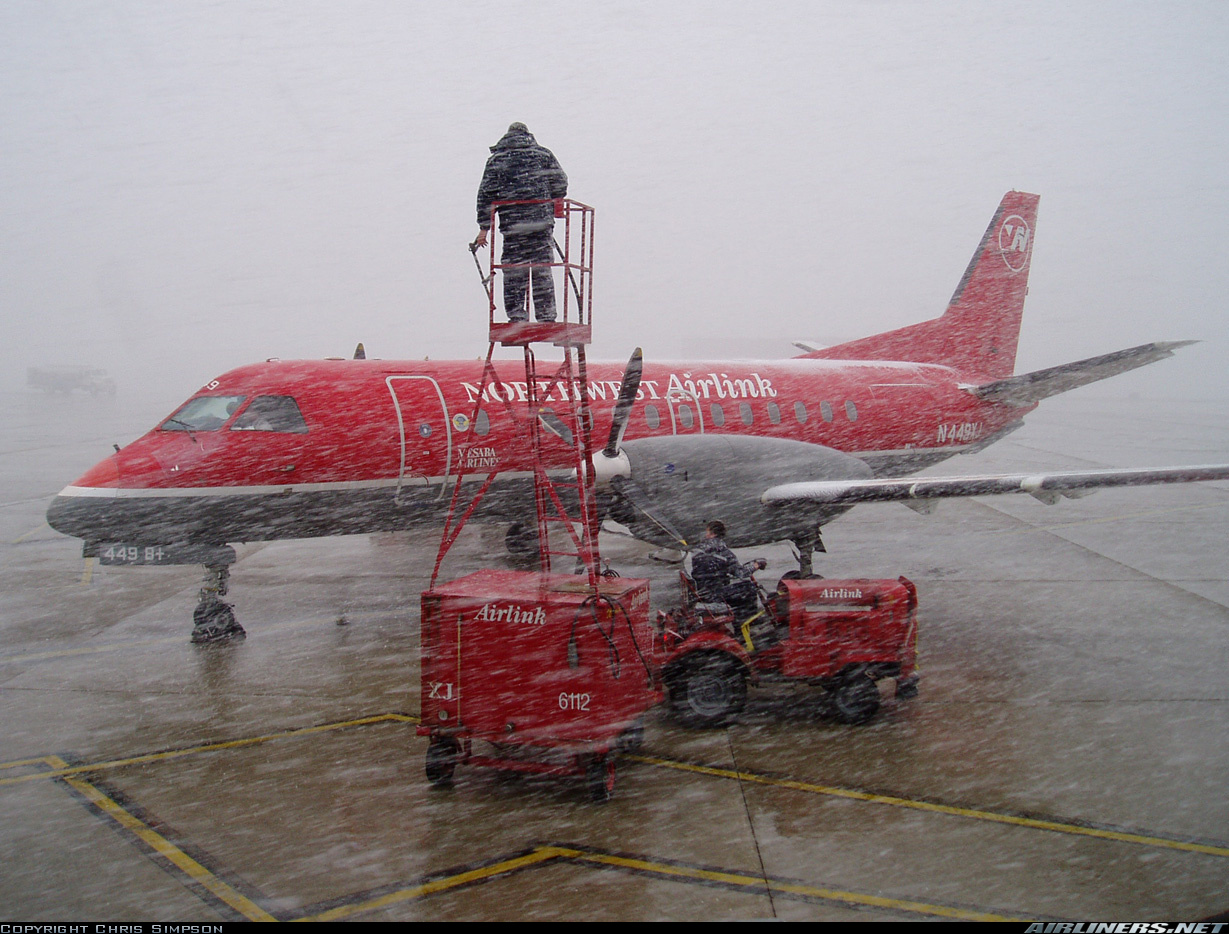We were commuters then. Different times I guess.
FAR 135.2:
(a) Applicability. This section applies to the following:
(1) Each certificate holder that was issued an air carrier or operating certificate and operations specifications under the requirements of part 135 of this chapter or under SFAR No. 38–2 of 14 CFR part 121 before January 19, 1996, and that conducts scheduled passenger-carrying operations with:
(i) Nontransport category turbopropeller powered airplanes type certificated after December 31, 1964, that have a passenger seat configuration of 10–19 seats;
(ii) Transport category turbopropeller powered airplanes that have a passenger seat configuration of 20–30 seats; or
(iii) Turbojet engine powered airplanes having a passenger seat configuration of 1–30 seats.
FAR 135.2 then says:
"(b) Obtaining operations specifications. A certificate holder described in paragraph (a)(1) of this section may not, after March 20, 1997, operate an airplane described in paragraphs (a)(1)(i), (a)(1)(ii), or (a)(1)(iii) of this section in scheduled passenger-carrying operations, unless it obtains operations specifications to conduct its scheduled operations under part 121 of this chapter on or before March 20, 1997."
Scheduled Part 135 operations used to be allowed until the late '90's when FAR 119 came along. We called them "commuter" air carriers.
FAR 119 was developed as a result of the ambiguity between 135 and 121 scheduled operations. FAR 119 is a "road map" for this exact question: "Am I a 135 or a 121 operator?" and essentially eliminated scheduled 135 operations from the CFRs

